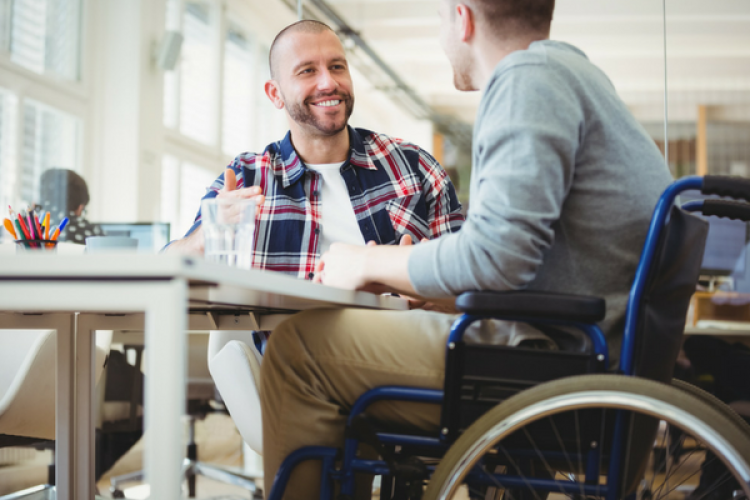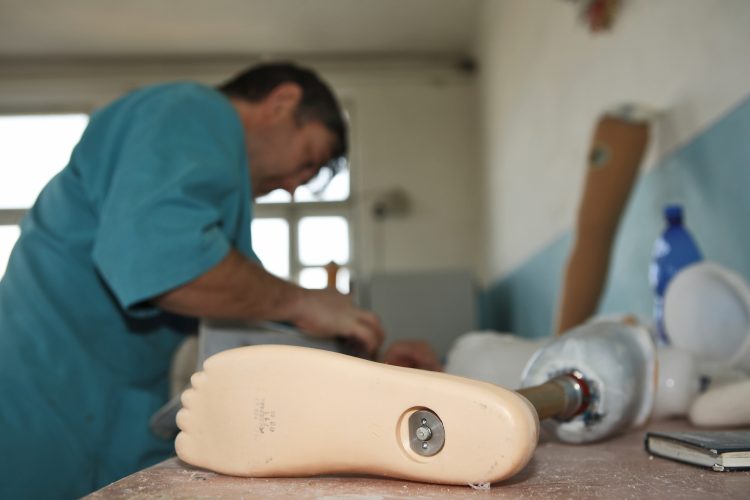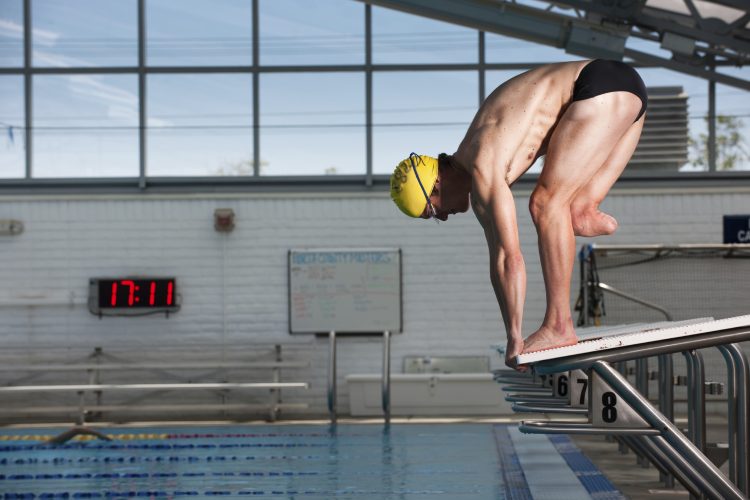- Home
- |
- About us
- |
- News and Events
- |
- Resources
- |
- Contact
- |
- Donate today
- Shop

The National Disability Insurance Scheme (NDIS) provides support for Australians with disability, their families and carers.
The NDIS is progressively being rolled out across each state and territory in Australia.
To assist our members, Limbs 4 Life have developed the following resources for people living with limb loss who are transitioning into the NDIS.
You can download these via the links below:
The Guide to the National Disability Insurance Scheme is a comprehensive booklet which outlines the processes from start to finish.
The Guide also includes worksheets for ‘setting goals for amputees and children with limb differences.’ You can use these worksheets to develop your goals and take them with you to your planning meeting.
The Checklist may help you to identify the equipment, consumables and services that you may need in order to fulfill your goals.

There are a number of things that you need to consider when transitioning into the NDIS:

Funding under the NDIS is provided under three different support clusters:
Core Supports - The Core support budget is made up of four different categories. These include:
Capital Supports - Capital supports have two support categories:
Capacity Building Supports - Capacity building funding includes categories such as:
Examples of Capacity Building Supports could include things like: gait training from a Physiotherapist, support from an Occupational Therapist to teach you how to use a one-handed mouse.
Remember, if you leave something out of your plan, you can have it reviewed, however, if you can get it right the first time it will make the process easier in the long term.
Keep up to date with our latest news, events and information